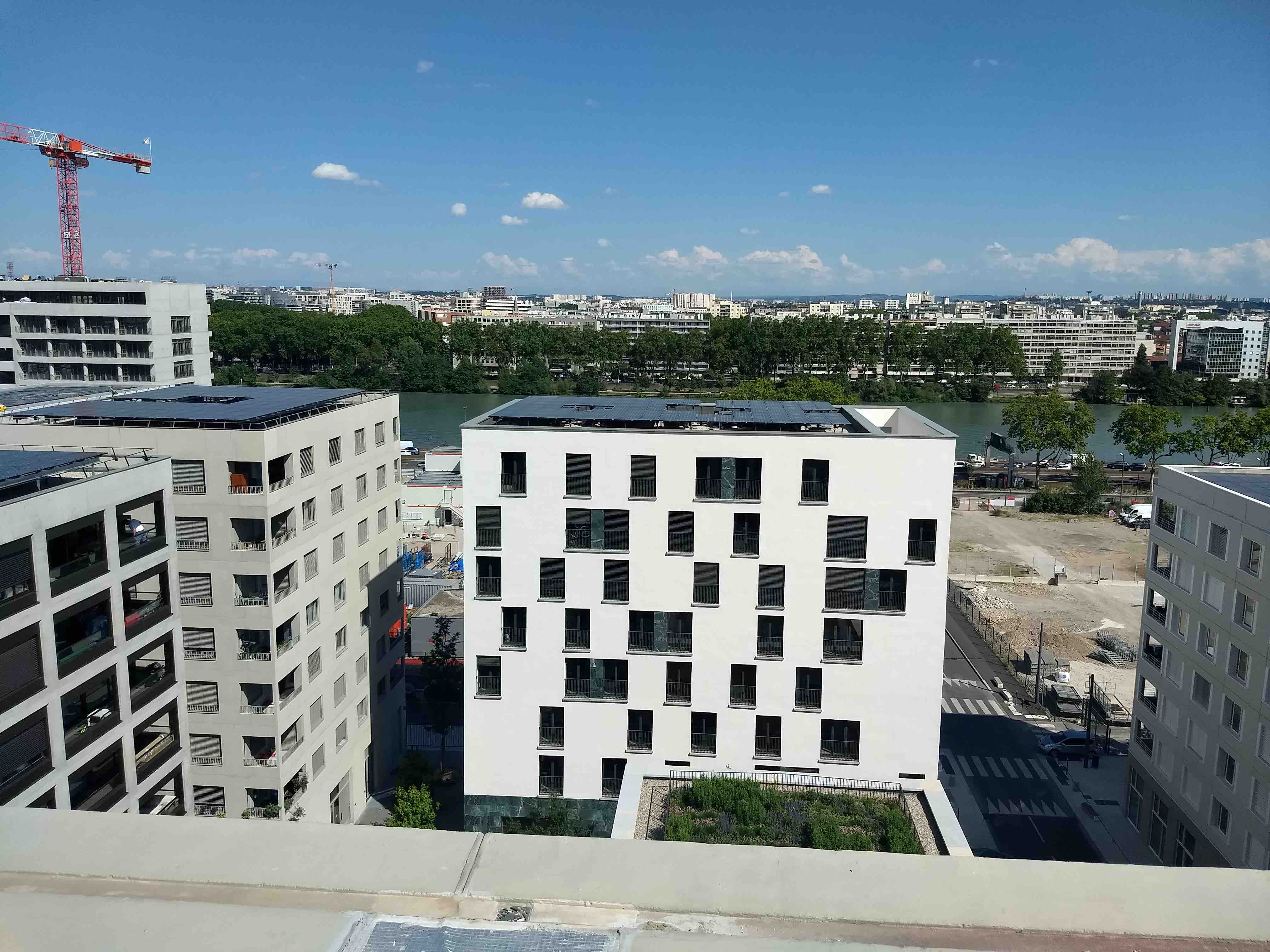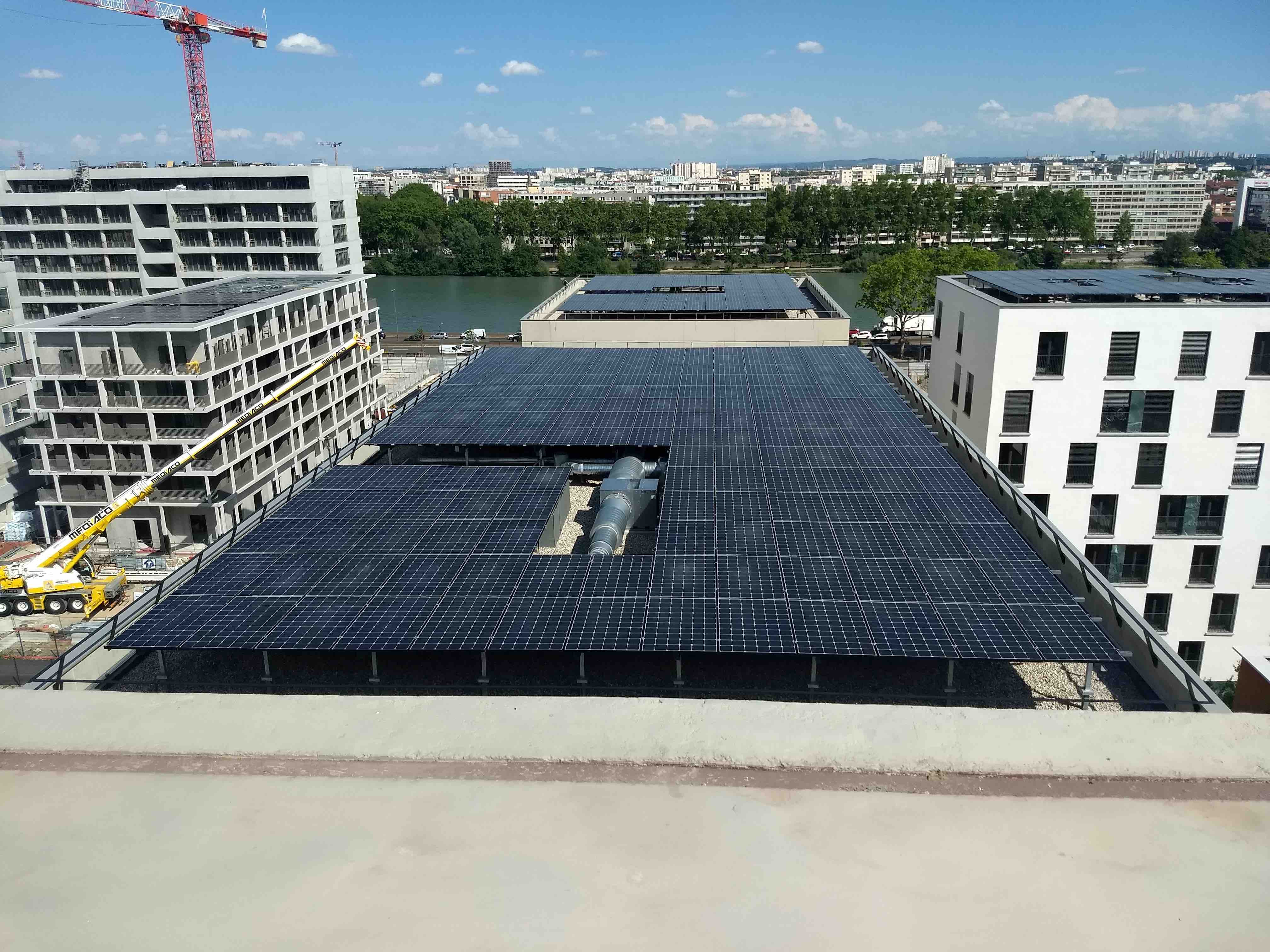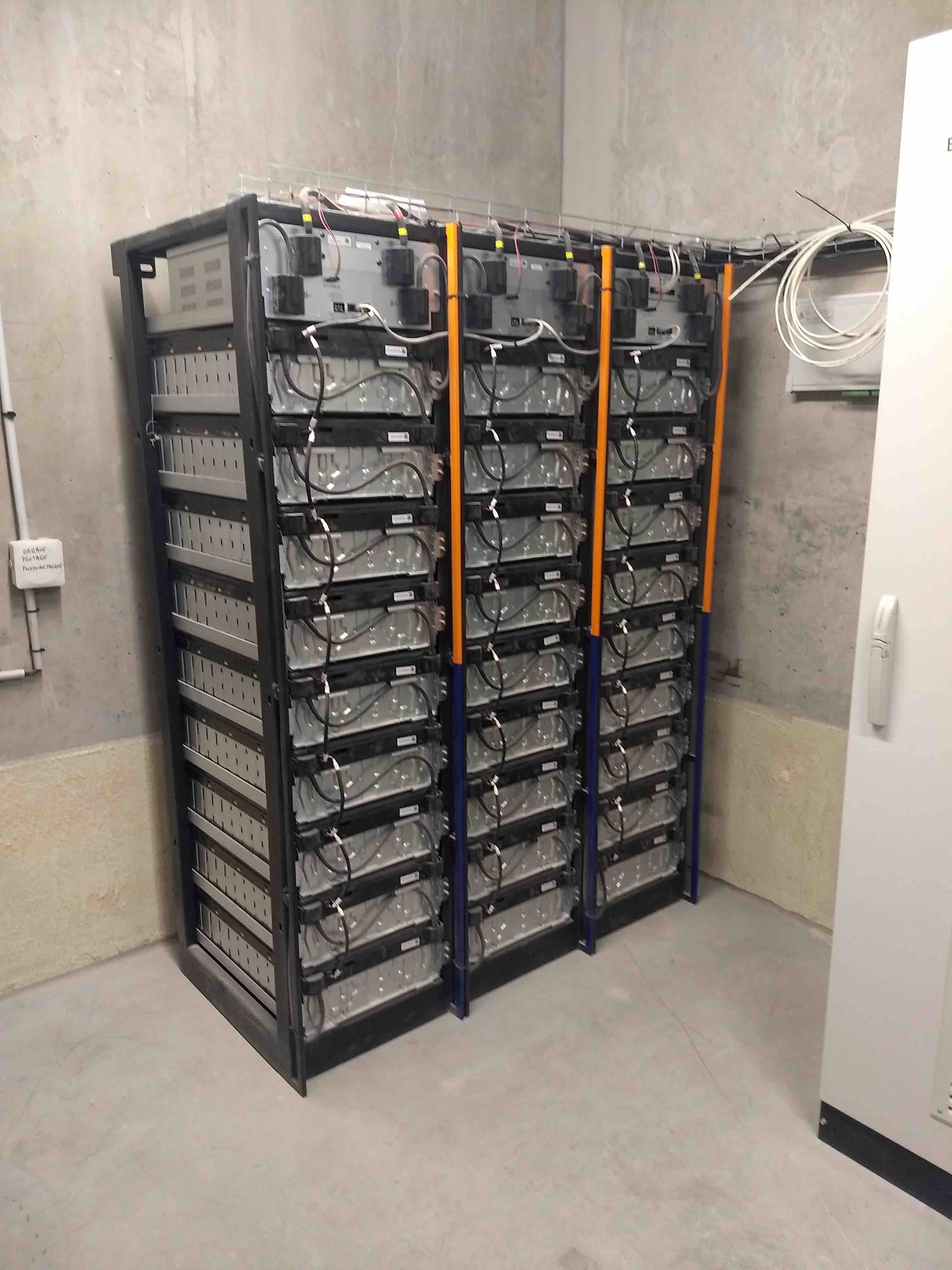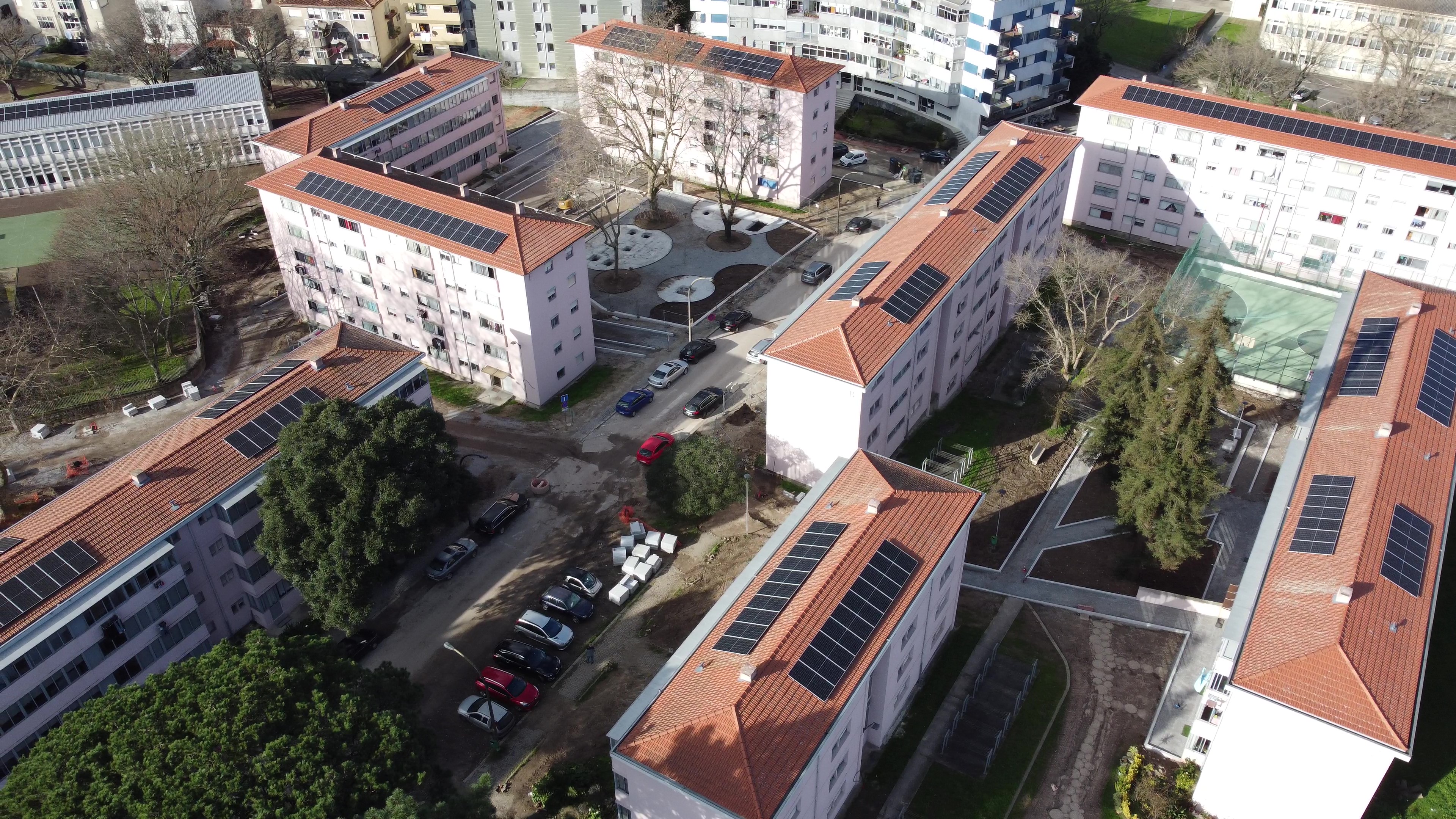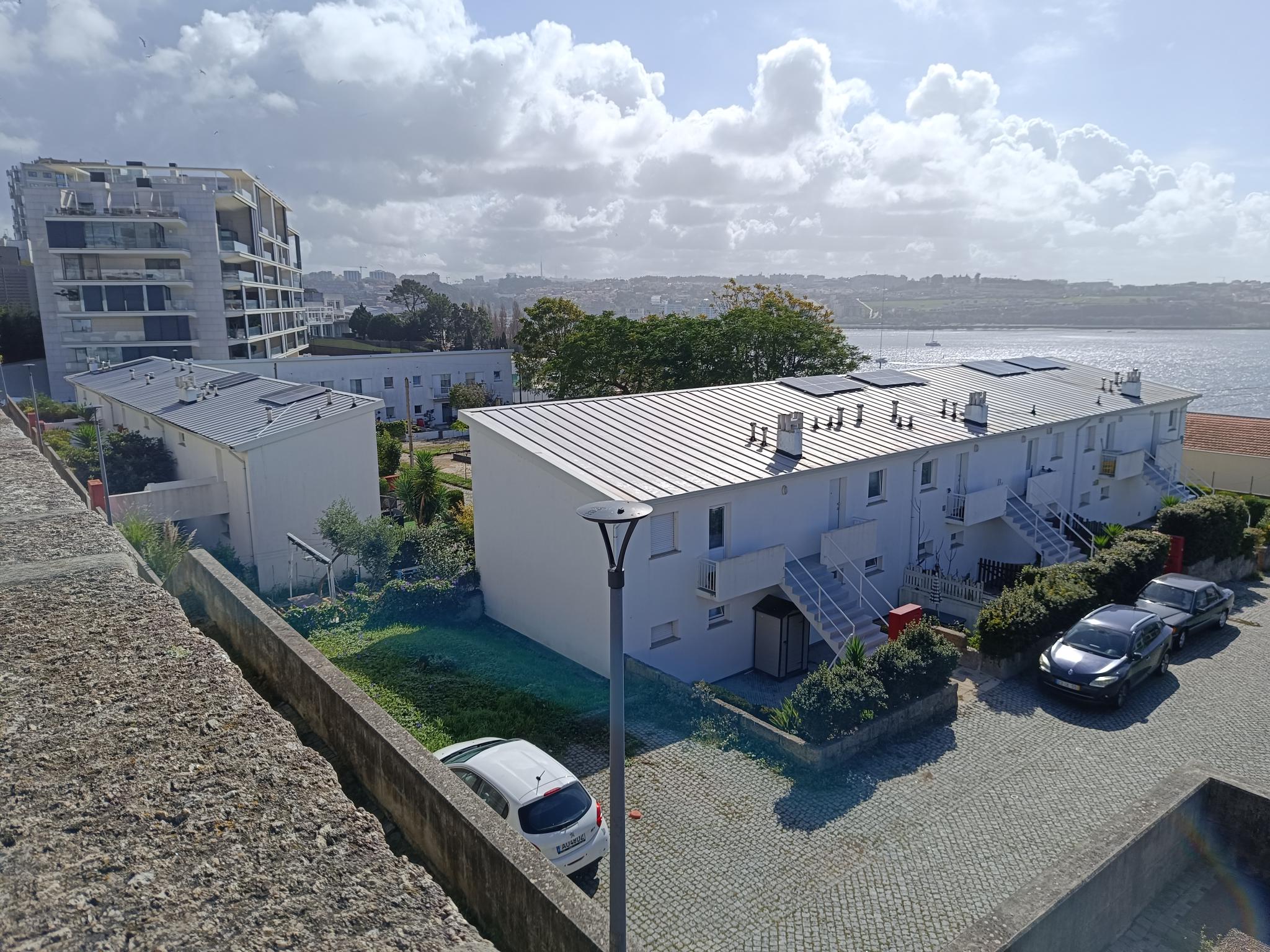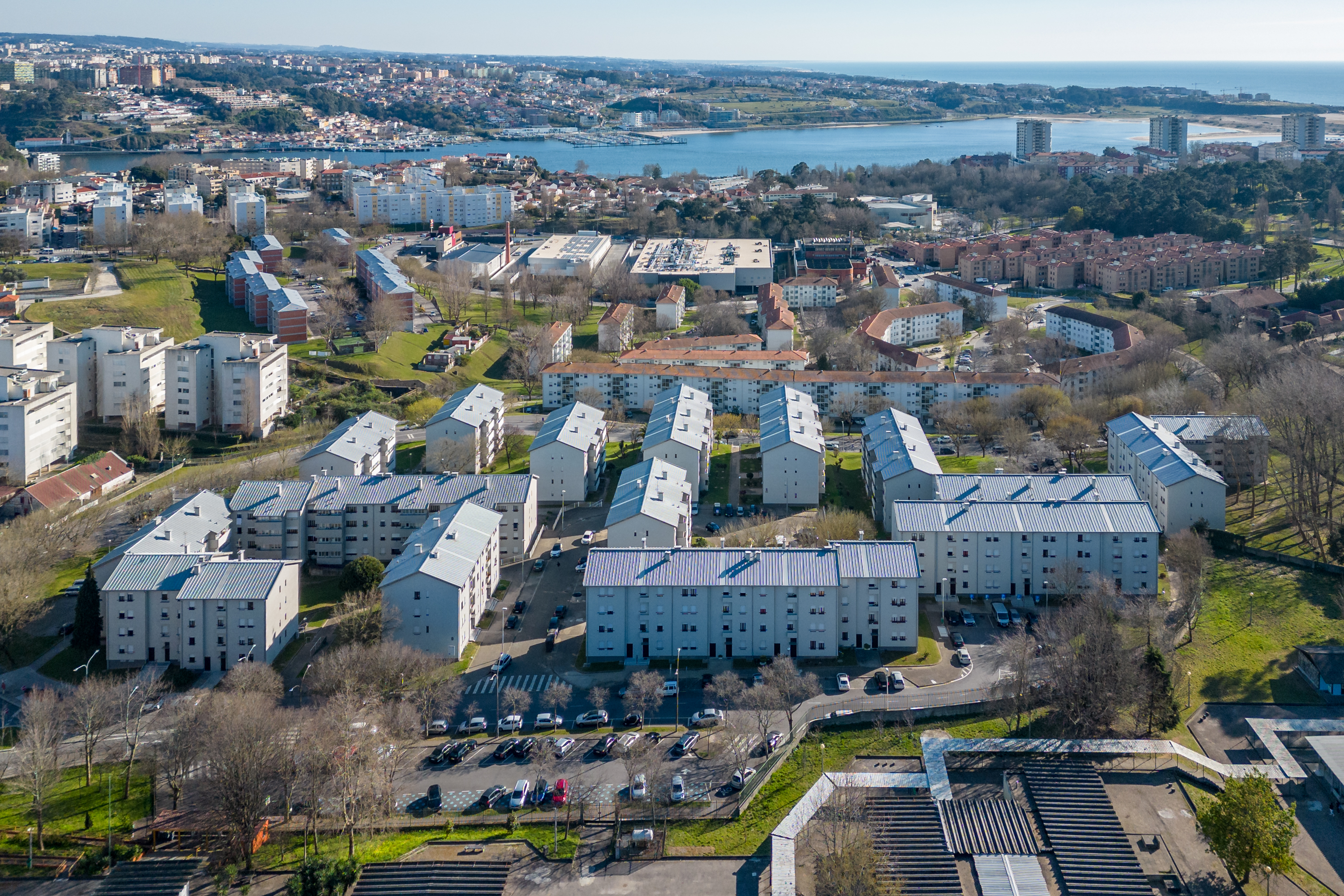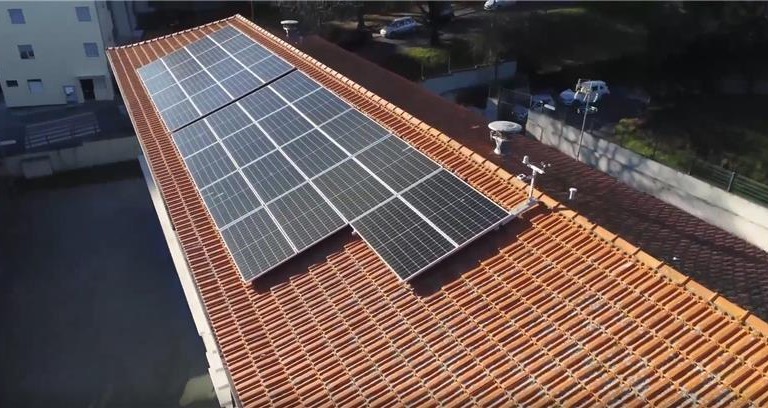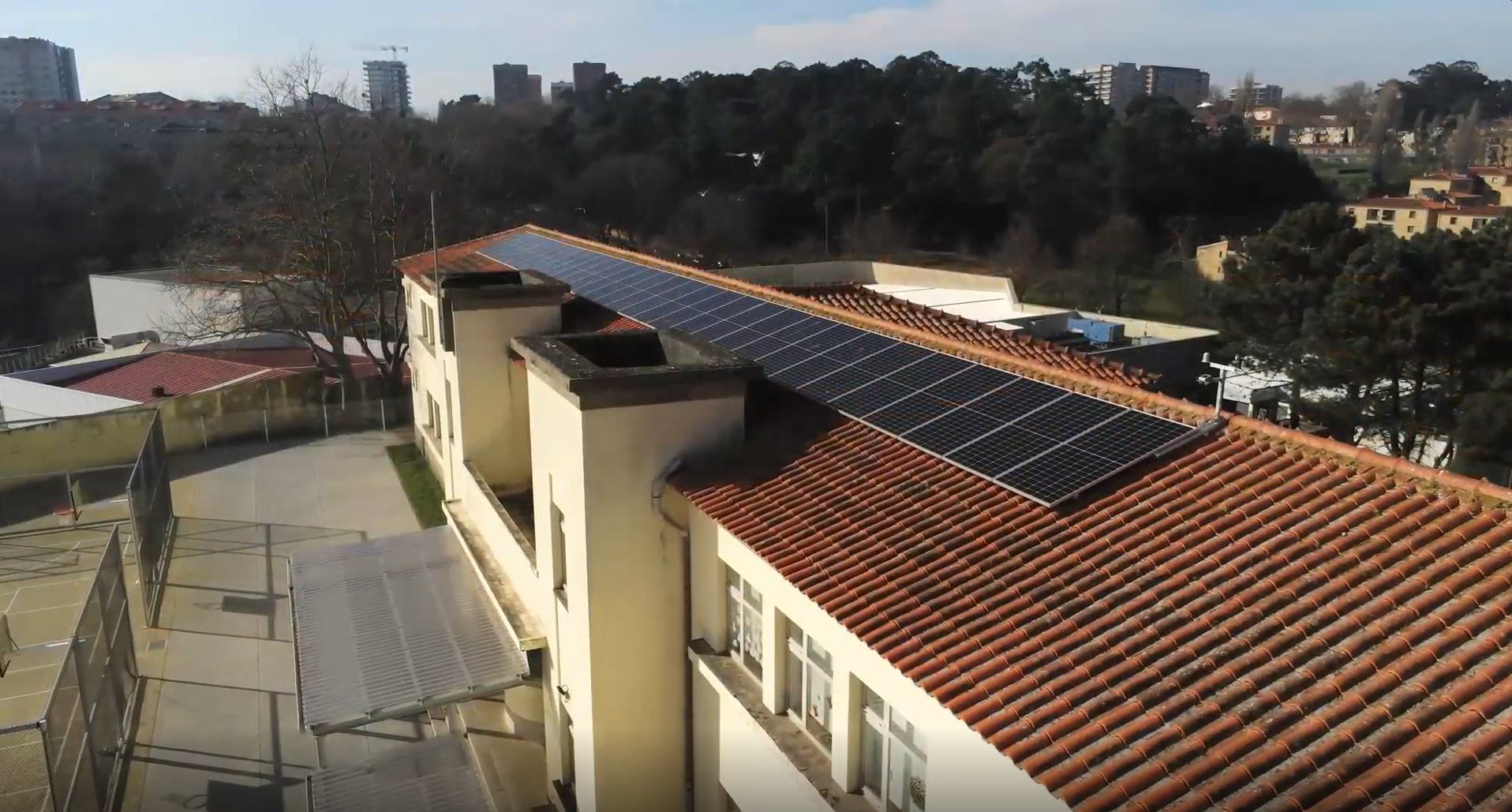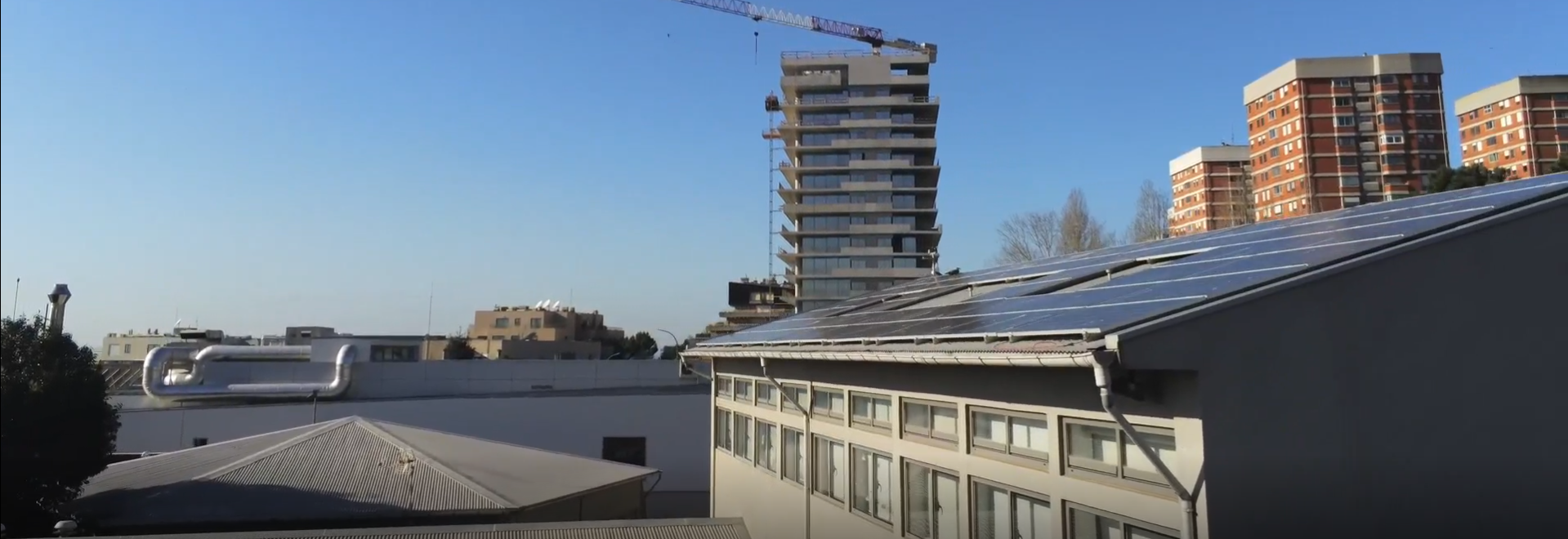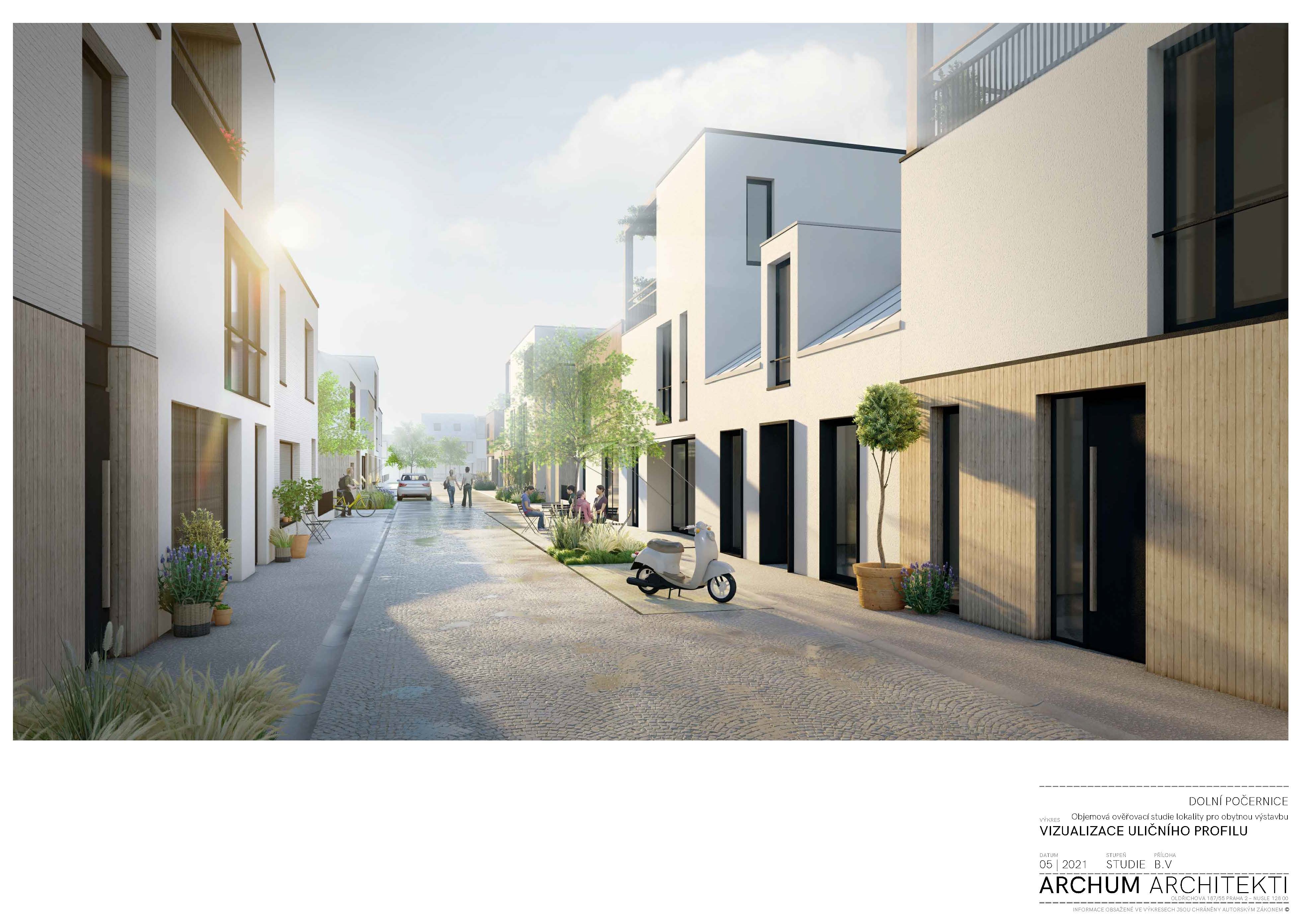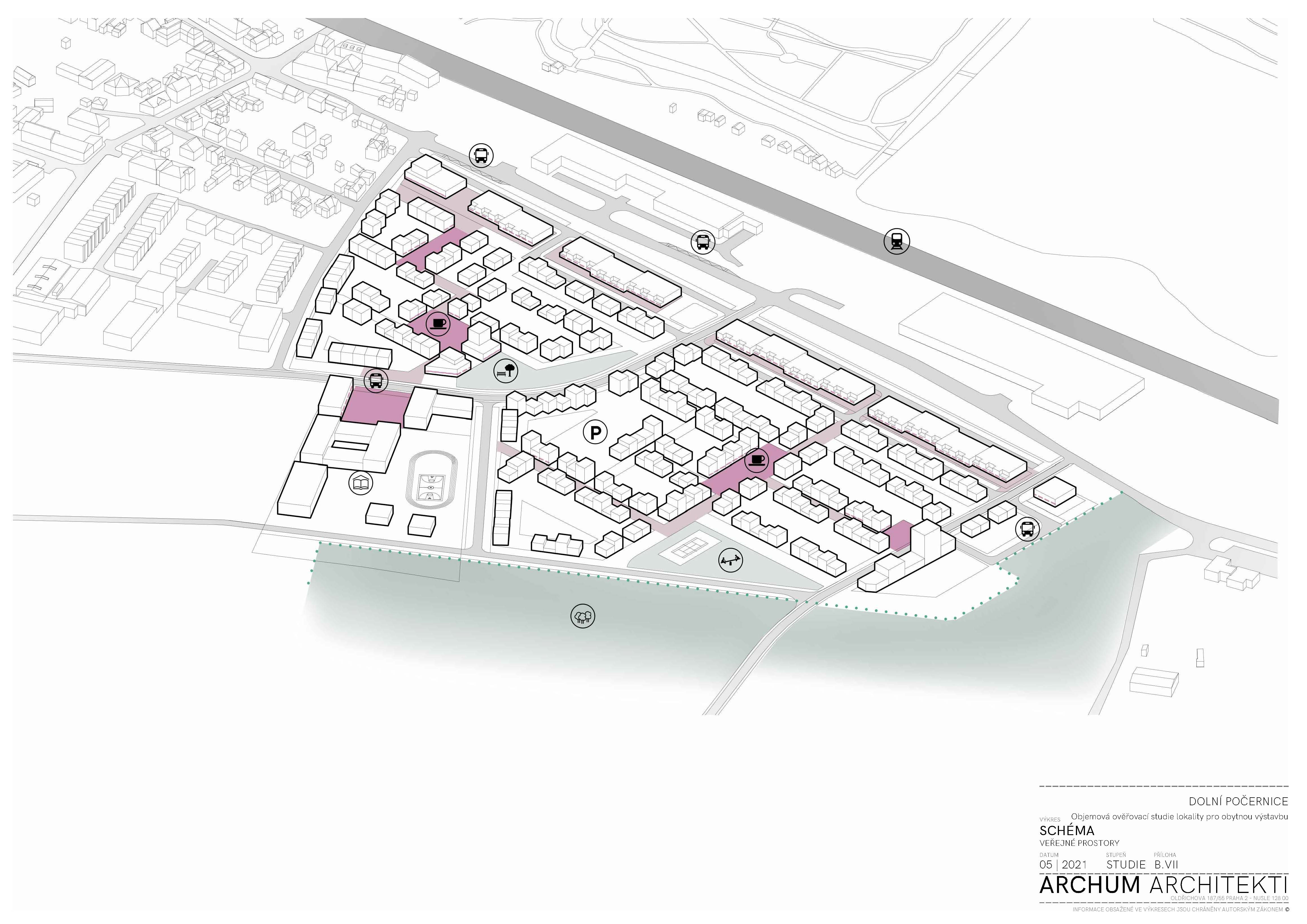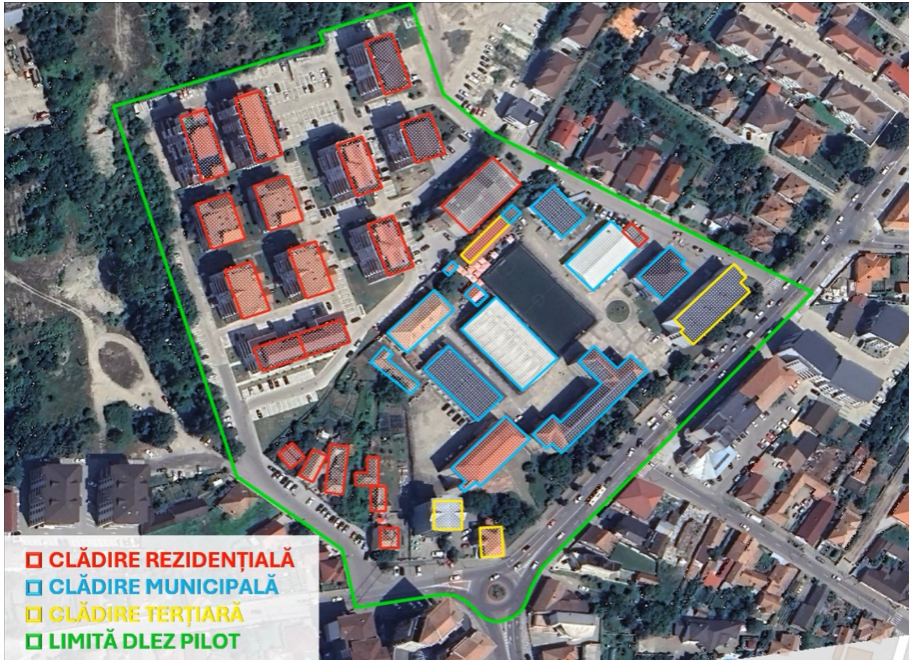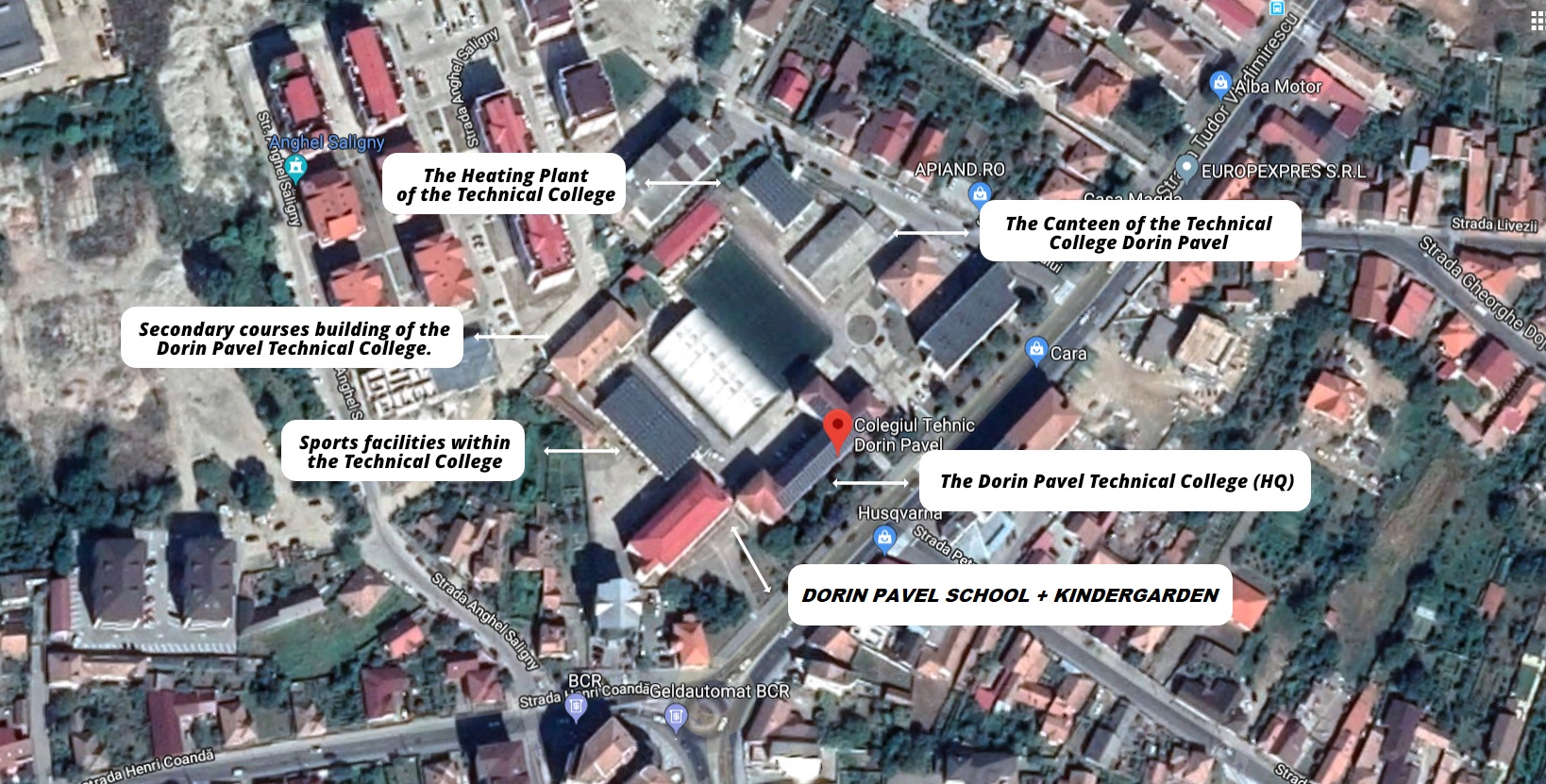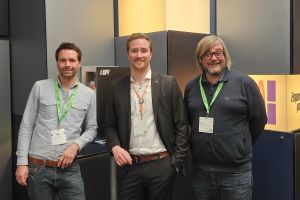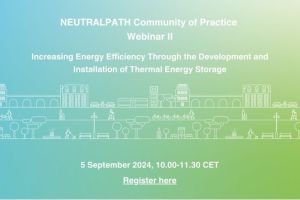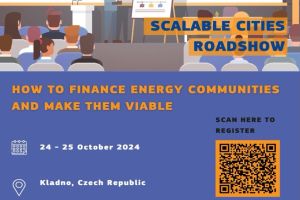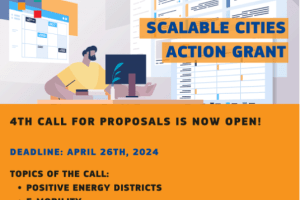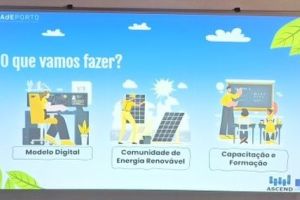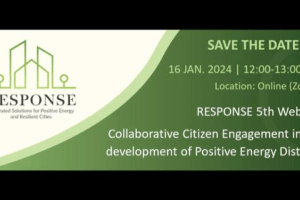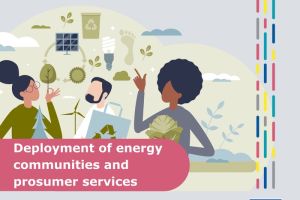
With Solution Package 2, ASCEND will follow, step-by-step, the deployment and replication of energy communities. This will require the creation of appropriate legal entities, new services and business approaches targeted at prosumers, collective self-consumption operations, and tools for social pricing of energy consumption.
- Setting-up of energy communities
- Multiplication of collective self-consumption operations

Deployment of energy communities & prosumers
ASCEND is driving the deployment and replication of energy communities, ensuring the creation of appropriate legal entities, new services, and innovative business models. The Lighthouse and Multiplier cities are demonstrating the transformative potential of energy communities and prosumers in advancing clean energy transitions. You can read more about the key developments taking place in ASCEND cities organized under the Solution Package 2.
Deployment of Energy Communities & Prosumers
Lyon is advancing local energy sharing through the Ydeal Confluence project, which enables residents to collectively self-consume solar energy from rooftop photovoltaic systems. By integrating smart metering and a dedicated owners’ association, the initiative reduces energy costs while keeping locally produced renewable energy within the community.
With 50 participants across five buildings, the project demonstrates a financially viable and scalable approach to energy communities. Next steps focus on expanding energy-sharing agreements, optimizing battery performance, and evaluating replication potential within Lyon’s Positive Clean Energy District.
Key Developments in Lyon’s SP2 Solutions
- Collective Self-Consumption Model – A not-for-profit energy association (Le Soleil d’Ydeal Confluence) owns and manages PV installations, distributing solar power among 50 residents across five buildings.
- Smart Metering & Energy Distribution – The Distribution System Operator manages energy allocation, with consumption deducted from grid usage for simplified billing.
- Fixed Cost Model – 50 participants currently pay a €3 monthly fee, ensuring financial predictability while benefiting from lower-cost renewable electricity.
- Storage Integration – A 200 kWh battery system is now fully operational, enhancing the community’s ability to store and optimize self-consumption.
Next Steps:
- Expanding energy-sharing agreements within the district.
- Optimizing battery usage to further improve self-consumption rates.
- Evaluating scalability for broader replication within Lyon’s Positive Clean Energy District.
Lessons Learned & Collaboration Opportunities
The Ydeal Confluence project operates within France’s Collective Self-Consumption framework, requiring involvement from the Distribution System Operator (DSO). Initial challenges with battery commissioning have been resolved, improving system efficiency. Scaling to more buildings will depend on streamlining administrative and metering processes. As a pioneering and financially viable model for collective renewable energy use, Ydeal Confluence showcases how local energy sharing can support wider urban implementation under the ASCEND project.
Deployment of Energy Communities & Prosumers
Munich is expanding local solar energy consumption through the Photovoltaics Tenant Electricity Project, an initiative that enables residents to access affordable, clean electricity produced by on-site PV systems. The solution is led by Stadtwerke München and Isarwatt. Here we want to present Isarwatt and their work a little further:
It is a cooperative formed by 25 housing companies, which has deployed over 60 tenant electricity systems in Munich and surrounding areas.
With 750 kWp of installed PV capacity in the Harthof district, the project reduces energy costs by supplying solar power directly to residents while integrating hydroelectric energy from Naturstrom AG when needed. Next steps focus on expanding PV installations, optimizing energy distribution, and exploring financing models to enhance scalability.
Key Developments in Lyon’s SP2 Solutions
- On-Site Solar Energy Generation – 750 kWp of estimated installed PV capacity at Harthof district supplying locally produced electricity to housing units.
- Tenant Electricity Model – Reducing network fees and energy costs by delivering PV-generated power directly to residents.
- Energy Supply Integration – Partnering with Naturstrom AG to complement solar production with hydroelectric power when needed.
- Scalable Governance Approach – A cooperative business model allowing housing companies to fund and expand the initiative.
Next Steps:
- Expanding PV Installations on additional rooftops.
- Optimizing energy distribution within tenant electricity communities.
- Exploring financing models for broader scalability.
Lessons Learned & Collaboration Opportunities
Access to funding remains a key challenge for scaling tenant electricity models, and successful implementation depends on close coordination with the grid operator (SWM Infrastructure). Strengthening ties with housing associations is also crucial to expand adoption of on-site renewables. As a cooperative-led initiative, Munich’s Tenant Electricity Project offers a replicable model for advancing urban energy communities, cutting emissions, and boosting local energy autonomy.
Deployment of Energy Communities & Prosumers
Porto is leading the way in solar energy integration by establishing renewable energy communities (RECs) across different municipal buildings, namely social housing buildings and schools. These initiatives aim to enhance self-consumption, reduce energy poverty, and drive the city's energy transition. Through projects like Asprela + Sustentável and the Porto Solar Programme, the city is testing scalable models for clean energy distribution.
With REC licenses approved for three schools and a municipal police building, Porto is setting the groundwork for expansion into social housing. The city is now focused on defining energy-sharing rules, optimizing governance structures, and completing new PV installations. By leading municipal-driven energy communities, Porto is shaping a replicable model for urban clean energy transitions.
Key Developments in Lyon’s SP2 Solutions
- PV-Based Energy Communities – Deployment of solar photovoltaic systems across municipal buildings, schools and housing to enable renewable energy consumption and energy sharing.
- Asprela + Sustentável Pilot – The first municipality-led energy community in Portugal, integrating PV, battery storage, and EV charging to reduce grid energy demand by at least 30%.
- Regulatory Progress & Licensing – Approval of REC licenses for three schools and a municipal police building, with future expansion to social housing.
- Smart Energy Management – Implementation of real-time monitoring equipment to track energy production, consumption, and storage for efficient energy sharing.
- Reduction of the Municipal Property Tax (IMI) - Approval of a tax incentive that benefits property owners in the city who invest in the installation of PV.
Next Steps:
- Defining energy-sharing rules and operational frameworks for RECs.
- Expanding PV installations across additional municipal and social housing buildings.
- Completing public procurement for new solar installations in two social housing neighborhoods in the project area.
- Strengthening governance models to optimize energy community management and stakeholder engagement.
Lessons Learned & Collaboration Opportunities
Porto has encountered delays due to a complex licensing process for Renewable Energy Communities (RECs), which has slowed implementation. Securing active engagement from social housing tenants remains essential, while challenges in public procurement for PV installations have further impacted timelines. Despite these hurdles, Porto is advancing a replicable, municipality-led energy community model that supports national policy and EU clean energy goals—laying the foundation for scaling RECs citywide and shaping the future Positive Clean Energy District of Lordelo do Ouro e Massarelos.
Deployment of Energy Communities & Prosumers
Charleroi is planning an energy community in the Porte Ouest district, integrating electricity and heating solutions into the CleanTech District redevelopment. The city is defining a governance and technical framework to facilitate local energy sharing through the development of thermal energy networks.
Key efforts include creating a legal structure for energy network coordination, planning an energy community deployment, and engaging with suppliers to explore waste heat recovery options. Next steps involve defining business models, securing stakeholder commitments, and assessing financing strategies. By integrating district heating and renewable energy, Charleroi is laying the groundwork for a scalable energy-sharing model.
Key Developments in Lyon’s SP2 Solutions
- Governance & Legal Framework – A legal structure for coordinating the development of energy network infrastructures in Charleroi has been created, with ongoing efforts to define its operational role.
- Energy Community Deployment – The city is planning a local energy community for electricity, heating, and cooling, starting with the first buildings to be renovated.
- Exploring Energy Sourcing – Charleroi is engaging with potential energy suppliers, including waste heat recovery, and identifying energy demands.
Next Steps:
- Defining business models for energy management and governance.
- Engaging stakeholders to secure commitments for energy sharing.
- Defining a framework for a heat energy community and assessing viable financing models.
- Supporting the establishment of energy consumers and prosumers in the district.
Lessons Learned & Collaboration Opportunities
Charleroi faces regulatory hurdles, as the Walloon Region currently lacks a legal framework to support heat exchange communities. The economic feasibility of scaling the energy community is still uncertain and requires further assessment. Since the district is in early development stages, implementation also depends on future buildings and tenants in ongoing renovation projects. Still, by integrating district heating, electricity, and cooling solutions, Charleroi is establishing the groundwork for an energy community model with long-term scalability beyond the Porte Ouest area.
Deployment of Energy Communities & Prosumers
Prague is making significant progress in deploying an energy-sharing framework within its Positive Clean Energy District (PCED). As part of the ASCEND project, the city is designing and testing three models for energy communities, with the Dolní Počernice area serving as a pilot site for 550 residential units. The Energy Community Readiness Concept (ECRC) is being developed to enable local energy sharing and optimize distributed renewable energy use.
Ongoing efforts include refining technical models, engaging stakeholders, and aligning LDN strategies with upcoming project tenders. By establishing a scalable energy-sharing model, Prague is positioning itself as a leader in decentralized urban energy solutions.
Key Developments in Lyon’s SP2 Solutions
- Energy Community Readiness Concept (ECRC): Prague is developing a strategic framework and action plan for local energy sharing within PCED. The first version is anticipated by the end of 2025, with a revised version in 2027.
- New legislative framework for energy sharing: The city benefits from recent legislative changes that simplify the creation and operation of energy communities.
- Integration with the Local Distribution Network (LDN): The incorporation of LDN solutions into planning documents will facilitate the operation of energy communities.
- Stakeholder Engagement: Workshops with key actors, including PCOE (formerly PSOE), the Prague City Mayor’s Office, PDS, and CVUT, helped to refine the concept and align priorities.
Next Steps:
- Completion of the first Energy Community Readiness Concept (ECRC) by the end of 2025.
- Assessment of PV installation and storage potential within energy communities.
- Aligning LDN strategies with upcoming tender for project documentation provider.
- Monitoring national legislative developments to ensure compliance with Prague’s evolving energy-sharing framework.
- Negotiations with potential energy providers and LDN operators to define technical and business models.
Lessons Learned & Collaboration Opportunities
- Regulatory Barriers for biosolar roofs: Urban planning regulations limiting PV expansion on green roofs pose challenges to PCED’s energy balance creating uncertainty for PV deployment. Alternative solutions, such as PV integration with shading structures, are under discussion.
- Competing Interests: Balancing the priorities of energy providers and local energy communities requires ongoing negotiation and policy alignment.
By advancing these measures, Prague is positioning itself as a leader in urban energy innovation. The city aims to establish a replicable energy-sharing model that balances municipal priorities with private-sector collaboration, accelerating the transition toward a resilient and decentralized urban energy system.
Deployment of Energy Communities & Prosumers
Budapest is exploring the potential for Renewable Energy Communities (RECs) within its Positive Clean Energy District (PCED). The city is conducting a feasibility study to assess energy-sharing opportunities around municipal buildings and engage local stakeholders in the development of an inclusive, community-driven energy model.
Ongoing efforts include analyzing building energy portfolios, mapping viable REC configurations, and navigating evolving national regulations. Next steps focus on finalizing REC scenarios, strengthening stakeholder collaboration, and integrating insights from projects like ATELIER to create a scalable, community-driven energy model.
Key Developments in Lyon’s SP2 Solutions
- Defining the Energy Community Area – The PCED site has been refined, identifying core and buffer zones for potential REC participants.
- Stakeholder Mapping & Outreach – The city has begun engaging district institutions and requesting energy data from municipal buildings.
- Exploring REC Scenarios (In Progress) – Budapest is assessing different configurations for energy-sharing based on building energy profiles and connectivity.
Next Steps:
- Continue stakeholder engagement, identifying actors interested in forming an energy community.
- Analyze energy portfolios of potential members and explore viable REC models.
- Develop and evaluate scenarios for PCED implementation, proposing community structures and energy-sharing schemes.
Lessons Learned & Collaboration Opportunities
National policies on energy sharing are still evolving, which means Budapest must closely monitor and adapt to legislative developments. Motivating local actors remains challenging, especially in the absence of direct financial incentives. The city also faces capacity limitations for developing renewable energy communities and often requires external expertise. At the same time, it is gaining valuable experience in integrating solar PV in historically protected areas. These efforts are helping Budapest build a solid foundation for replicable energy communities, supported by its active role in projects like ATELIER.
Deployment of Energy Communities & Prosumers
Alba Iulia is advancing its renewable energy initiatives through the Dorin Pavel Community, leveraging existing photovoltaic (PV) installations on municipal buildings to explore self-consumption benefits. The city aims to assess energy savings and the potential future valorisation of excess energy, despite the current lack of a legal framework for energy communities in Romania. Through this initiative, Alba Iulia is working to influence national legislation to enable energy-sharing models.
Ongoing efforts include monitoring energy consumption, evaluating additional municipal buildings for PV integration, and preparing policy updates to support local energy-sharing frameworks. Through this initiative, Alba Iulia is laying the groundwork for a decentralized, community-driven energy transition in Romania.
Key Developments in Lyon’s SP2 Solutions
- Existing PV Installations – Three municipal buildings within the Dorin Pavel Community are equipped with PV systems:
- Dorin Pavel Technical College HQ: 57.75 kWp
- Sports Hall: 52.8 kWp
- Central Heating Building: 23.3 kWp
- Energy Monitoring & Economic Analysis – The city is analysing the economic impact of energy savings from self-consumption and evaluating potential revenue models for future energy-sharing frameworks.
- Planned PV Expansion – The existing PV system will be evaluated in terms of maintenance while and additional 22 kWp of PV capacity will be installed on the workshop buildings of Dorin Pavel Technical College through the National Resilience and Recovery Plan, while another 20 kWp will be installed on the Heating Plant via the InterPed Project along with storage capacity.
- Regulatory Advocacy – Alba Iulia is among the first Romanian cities preparing a local policy to support energy communities, aiming to influence (if the opportunity arises) the national legal framework. In this regard, the municipality will update its SECAP in the sense of supporting the establishment of energy communities at local level.
Next Steps:
- Monitor energy consumption and production within the Dorin Pavel Community.
- Explore additional PV installations on other municipality-owned buildings.
- Continue advocating for national regulations that enable the creation of energy communities and peer-to-peer energy trading.
- Assess the feasibility of integrating additional buildings into an expanded energy-sharing model.
Lessons Learned & Collaboration Opportunities
Current legislation still restricts peer-to-peer energy sales, though national-level discussions suggest change is on the horizon. The municipality has taken a leading role in piloting local energy-sharing models, helping to demonstrate their viability. Meanwhile, the city is exploring ways to expand PV integration and prepare for future policy shifts. With these efforts, Alba Iulia is paving the way for a more decentralized, community-led energy future—offering a blueprint for other Romanian cities aiming to boost self-sufficiency and sustainability.

